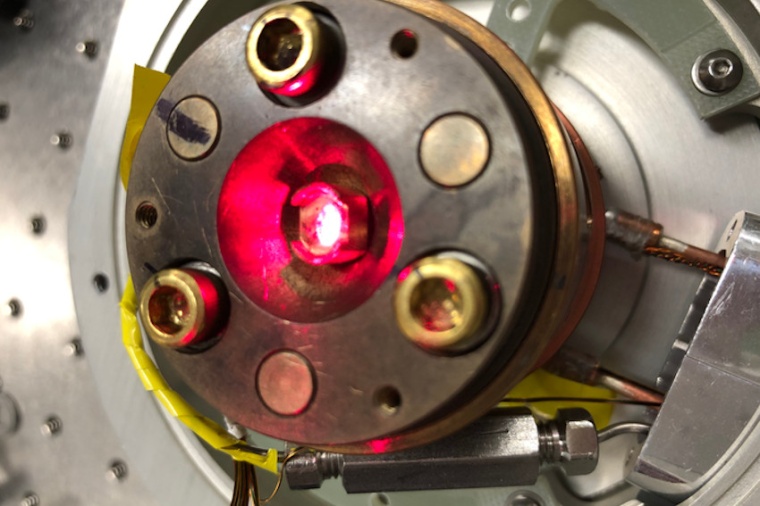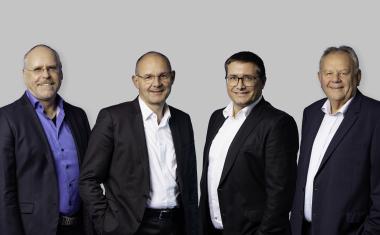Transforming materials with light
New process uses lasers to dramatically sculpt the properties of materials without the production of any excess damaging heat.
Imagine windows that can easily transform into mirrors, or super high-speed computers that run not on electrons but light. These are just some of the potential applications that could one day emerge from optical engineering, the practice of using lasers to rapidly and temporarily change the properties of materials. “These tools could let you transform the electronic properties of materials at the flick of a light switch,” says David Hsieh of California Institute of Technology Caltech. “But the technologies have been limited by the problem of the lasers creating too much heat in the materials.” Now, Hsieh and his team, including graduate student Junyi Shan, report success at using lasers to dramatically sculpt the properties of materials without the production of any excess damaging heat.

“The lasers required for these experiments are very powerful so it's hard to not heat up and damage the materials,” says Shan. “On the one hand, we want the material to be subjected to very intense laser light. On the other hand, we don't want the material to absorb any of that light at all.” To get around this the team found a sweet spot, where the frequency of the laser is fine-tuned in such a way to markedly change the material's properties without imparting any unwanted heat. The scientists also say they found an ideal material to demonstrate this method. The material, manganese phosphor trisulphide, naturally absorbs only a small amount of light over a broad range of infrared frequencies. For their experiments, Hsieh, Shan, and colleagues used intense infrared laser pulses to rapidly change the energy of electrons inside the material. As a result, the material shifted from a highly opaque state, for certain colors of light, to becoming highly transparent.
Even more critical, the researchers say, is the fact that the process is reversible. When the laser turns off, the material instantly goes back to its original state completely unscathed. This would not be possible if the material had absorbed the laser light and heated up, because it would take a long time for the material to dissipate the heat. The heat-free manipulation – coherent optical engineering – works because the light alters the differences between the band gaps without kicking the electrons themselves into different energy levels, which is what generates heat. “It's as if you have a boat, and then a big wave comes along and vigorously rocks the boat up and down without causing any of the passengers to fall down,” explains Hsieh. “Our laser is vigorously rocking the energy levels of the material, and that alters the materials' properties, but the electrons stay put.”
Researchers have previously theorized how this method would work. For example, in the 1960s, Caltech alumnus Jon H. Shirley, put forth mathematical ideas about how to solve for electron-energy levels in a material in the presence of light. Building on this work, Hsieh's Caltech team collaborated with theorists Mengxing Ye and Leon Balents from UC Santa Barbara to calculate the expected effects of laser illumination in manganese phosphor trisulphide. The theory matched the experiments with remarkable& accuracy, says Hsieh. The findings mean that other researchers can now potentially use light to artificially create materials, such as exotic quantum magnets, which would have been otherwise difficult or even impossible to create naturally.
“In principle, this method can change optical, magnetic and many other properties of materials,” says Shan. “This is an alternative way of doing materials science. Rather than making new materials to realize different properties, we can take just one material and ultimately give it a broad range of useful properties.” (Source: Caltech)
Link: Institute for Quantum Information and Matter, California Institute of Technology, Pasadena, USA











